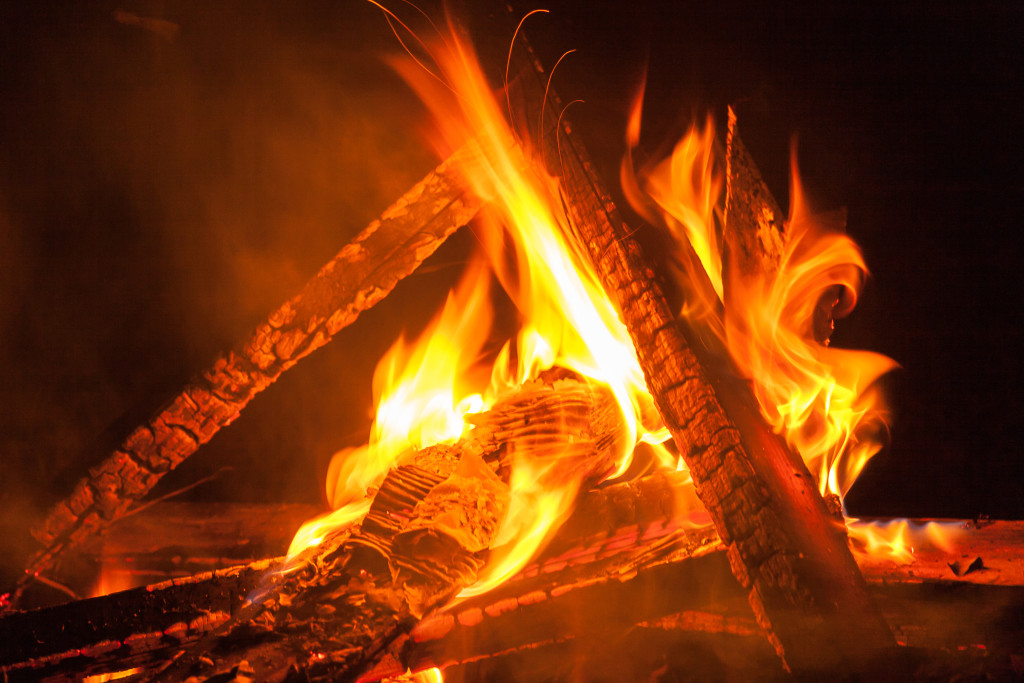Learn about the science of how to build a campfire with Joe Palca, science correspondent for National Public Radio, and fire protection engineer Daniel Madrzykowski.
Summer living is supposed to be easy — school is out, the days are long, the traffic eases. But it’s not all inner tubes and lemonade: Summer can throw us some curveballs, too. How can I avoid sunburn? What can I do to stave off that brain freeze? Why do my s’mores always burn?
Fear not; NPR is here to help. As part of our new Summer Science series, we’ll turn to science to tackle these vexing questions, starting with how to build the perfect campfire.
In this brief NPR audio, Daniel teaches you how to build a campfire in 4 steps as well as the “fire triangle.”
Ultimately, you need 3 things for a fire . . . this is the “fire triangle” . . .
- Heat
- Oxygen
- Fuel
Knock out one leg of the stool and you have no fire.
For the fuel start by getting some light stuff . . . pine needles and leaves for kindling, which has a larger surface to mass ratio allowing it to burn easier. You’ll also need some slightly bigger sticks and of course some logs.
For the oxygen . . . well just make sure your lighting your fire on earth and you’ll have plenty of that.
For the heat, get a lighter or a match. No “lighter fluid” needed by the way.
Once you’ve collected your ingredients, follow these steps.
How to build a campfire
Step 1. Make a loose pile of tinder
Step 2. Build a teepee with kindling
Step 3. Light tinder from all sides
Step 4. As the fire grows feed it with branches and eventually firewood
For a quick audio check out the 3 minute discussion below. If you have young kids, they’ll be interested in this as well. Kids are most often naturally in love with the idea of camp fire.
This will help them to learn to do it safely.
Lastly, regarding safety . . . we don’t want to forget the last step . . . putting out the fire.
Daniel states that to put out the fire you really need to knock out one leg of the triangle.
Fuel: If the fire runs out of fuel, it will stop burning.
No oxygen left . . . that’ll stop the fire as well. Lastly, suffocating the fire would work by getting rid of it’s oxygen source.
Step 5: Put out the fire by cutting one of the sides of the fire triangle.
Remember, that most fire burns actually occur after the fire is out. Yes, if not done properly, hot coals remain for hours and can burn feet for instance. So, all that more important to put out the fire the right way.
You can put sand or dirt on the fire as an option. This works well. I like trusty old water myself.
Do not forget this last step to avoid burns and forest fires. Thank you.
You really need to check out the NPR Handy Fire-Building Guide. This is great for the kids to help them learn visually about how to build a fire and how to put it out.
Go for it and have a great time.
